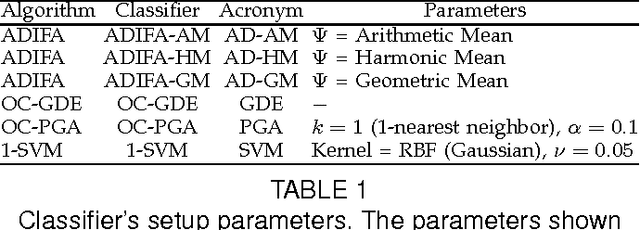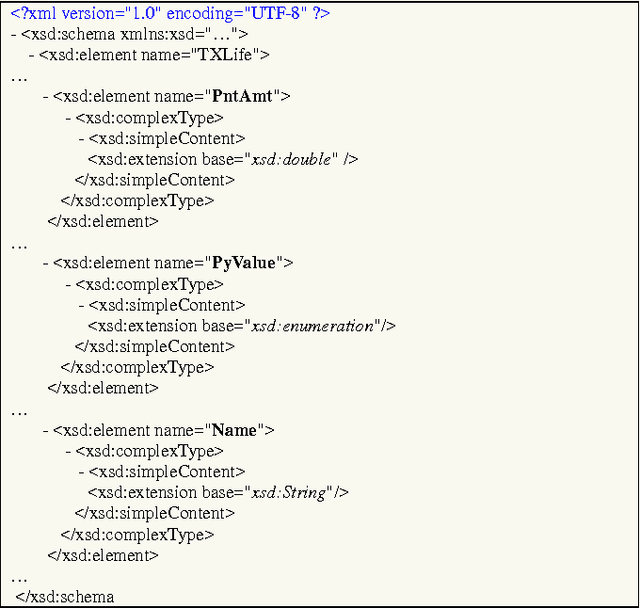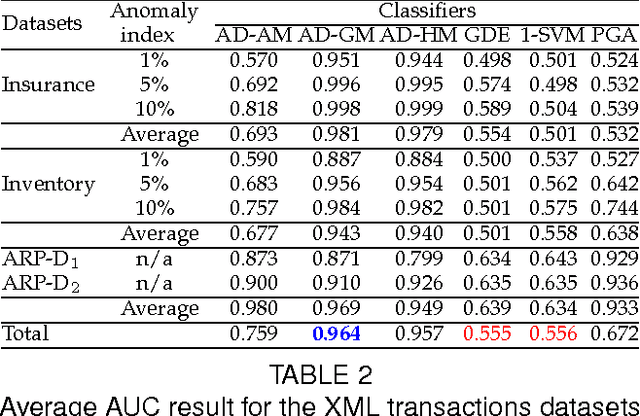Securing Your Transactions: Detecting Anomalous Patterns In XML Documents
Paper and Code
Jun 05, 2013



XML transactions are used in many information systems to store data and interact with other systems. Abnormal transactions, the result of either an on-going cyber attack or the actions of a benign user, can potentially harm the interacting systems and therefore they are regarded as a threat. In this paper we address the problem of anomaly detection and localization in XML transactions using machine learning techniques. We present a new XML anomaly detection framework, XML-AD. Within this framework, an automatic method for extracting features from XML transactions was developed as well as a practical method for transforming XML features into vectors of fixed dimensionality. With these two methods in place, the XML-AD framework makes it possible to utilize general learning algorithms for anomaly detection. Central to the functioning of the framework is a novel multi-univariate anomaly detection algorithm, ADIFA. The framework was evaluated on four XML transactions datasets, captured from real information systems, in which it achieved over 89% true positive detection rate with less than a 0.2% false positive rate.
 Add to Chrome
Add to Chrome Add to Firefox
Add to Firefox Add to Edge
Add to Edge